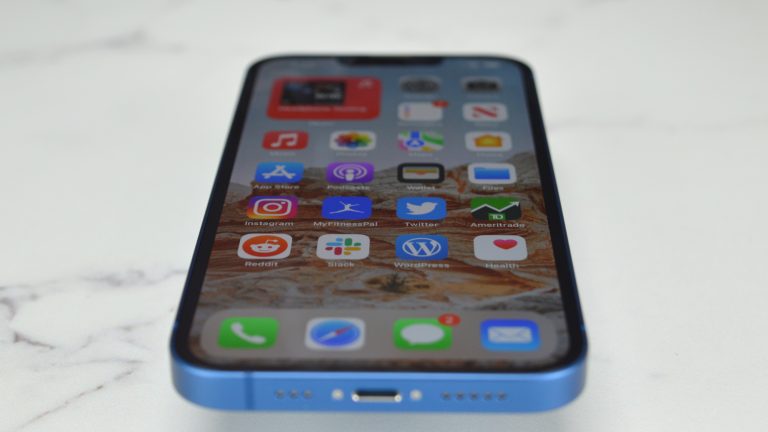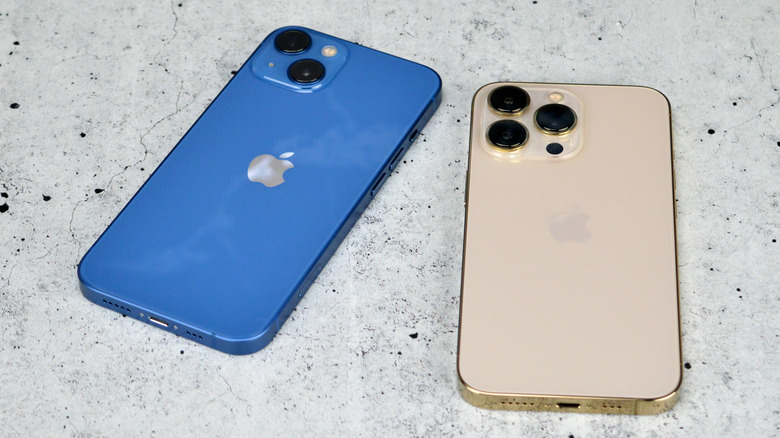iPhone 13 Shortage Has An Unusual Side-Effect On Demand
The iPhone 13 series sold out online immediately after preorders started in mid-September. Since then, Apple has been struggling to keep up with demand. The iPhone 13 shortages have been ongoing, with buyers waiting several weeks to get the model they want. This meant the iPhone 13 price stayed higher than usual two months after launch. Furthermore, reports indicated that supply chain issues will impact the iPhone supply through 2022. That's despite the fact that Apple went to extremes to ensure ample iPhone 13 supply and improve wait times.
A new report points out that the iPhone 13 shortage is having an unusual side-effect on demand, especially in the current context. No, people aren't switching to Android to get a new phone faster. But rather than waiting for the iPhone 13 supply to improve, some buyers are deciding not to upgrade this year. And Apple has already informed suppliers that iPhone 13 demand has slowed.
People said to be familiar with the matter informed Bloomberg about Apple's conversations with suppliers. Apple already cut iPhone 13 production goals by as many as 10 million units, according to the report. The company intended to mass-produce 90 million units this year, but a lack of parts changed those plans.
The hope was that Apple would make up for the lost iPhone 13 sale next year. But Apple is now telling vendors that might not happen.
Of note, Apple is still on track to deliver a record holiday season, with analysts projecting $117.9 billion in revenue for the period. That's a 6% jump compared to the December 2020 quarter. But it's not quite as high as it could have been.
The iPhone 13 shortage will continue

The ongoing chip shortages and delivery delays impacted iPhone 13 availability. During its last earnings call, Apple said that the chip shortage will impact revenue by more than $6 billion this quarter. That's despite the massive iPhone 13 demand that followed the phone's launch.
Inflation and the coronavirus omicron variant might have further compounded the problem. Rather than wait for the iPhone 13 deliveries, some buyers are apparently just not buying a new phone. Some of them might choose to skip the iPhone 13 upgrade altogether and wait for the iPhone 14 next year. That's despite the ongoing promotions that help buyers save money on an iPhone 13 purchase.
Bloomberg labels the iPhone 13 as a modest upgrade over the iPhone 12, despite the various significant improvements available from the new iPhone. The iPhone 13 phones do feature the same design as the iPhone 12. But that's a signature move from Apple, which recycles iPhone designs for several years before each makeover. But the 2022 iPhones should deliver bigger changes, which might be why some buyers are waiting for the iPhone 14.
The report also points out that the iPhone 13 shortage has been improving as of late. Rather than waiting for a full month for the iPhone 13 Pro, US buyers now only have to wait up to two weeks for delivery. That's an indication that Apple is closer to meeting demand. While some buyers might have postponed or canceled upgrade plans, plenty more are still placing iPhone 13 orders.
